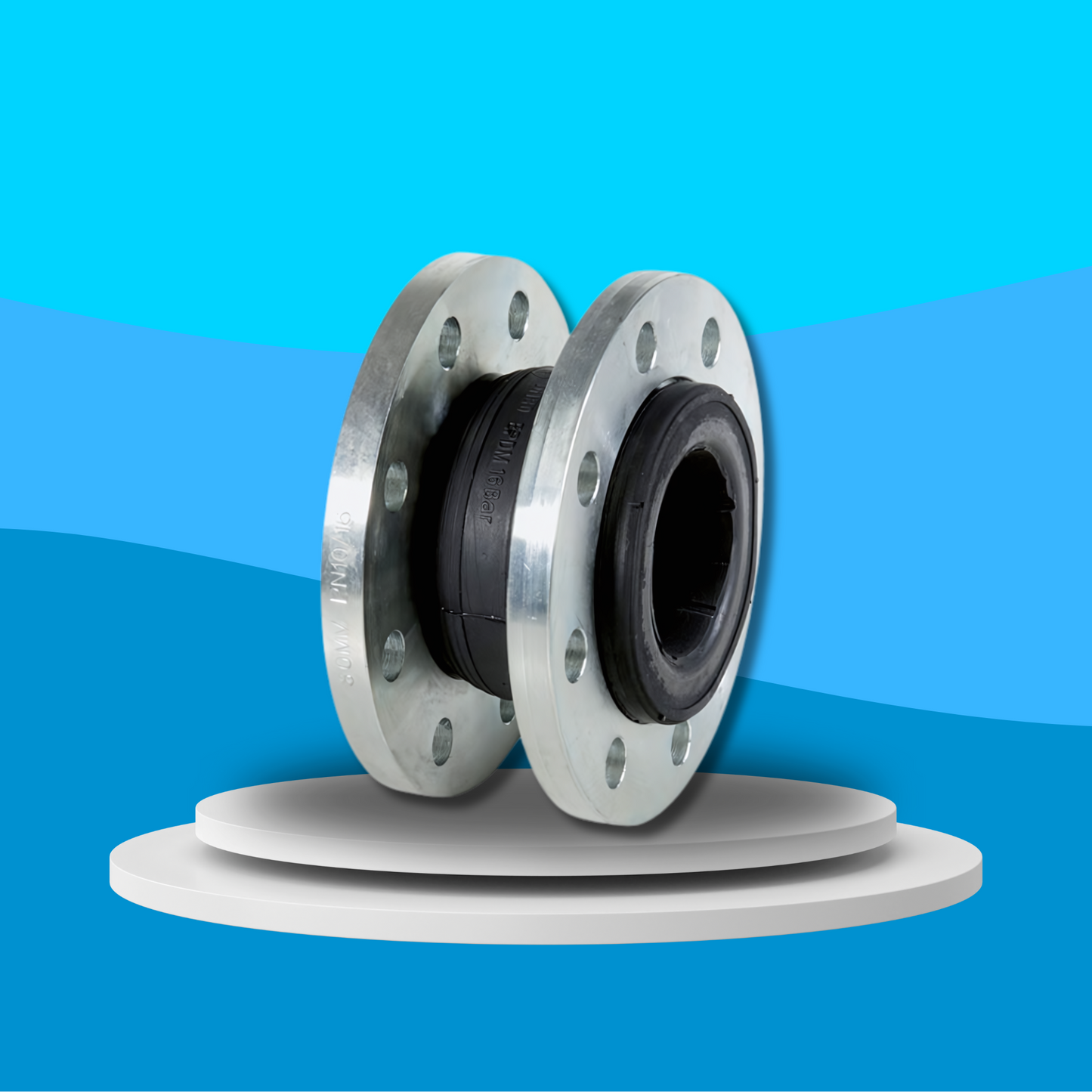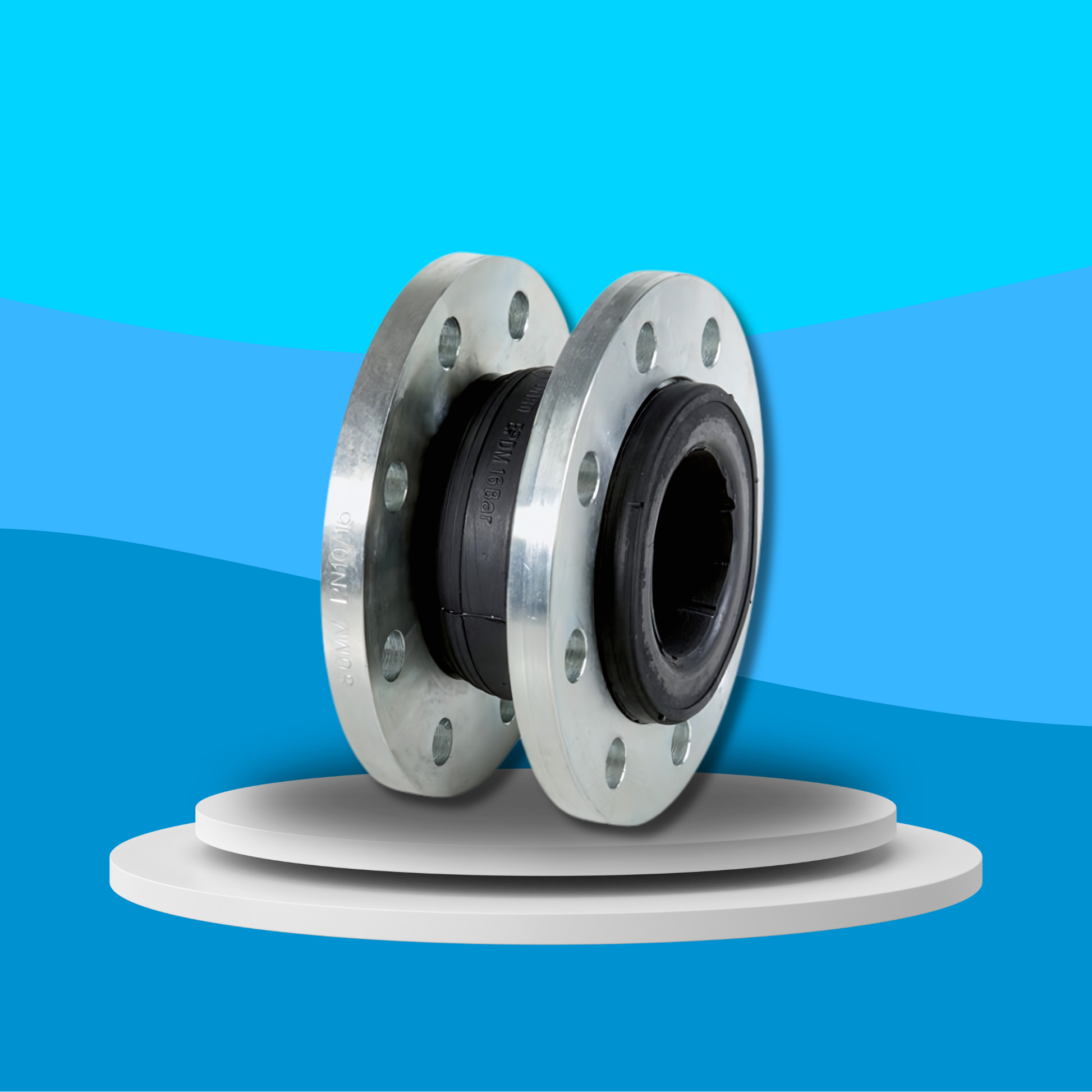Wras Valve
WRAS Approved EPDM Bellow Actuator
WRAS Approved EPDM Bellow Actuator
Couldn't load pickup availability
WRAS Certified
Introducing the WRAS Approved EPDM Bellow Actuator, designed for exceptional flexibility and performance in fluid control systems. These bellows are available in both Standard and Galvanised options, offering versatility for a wide range of industrial applications. Crafted from high-quality EPDM, these bellows are engineered to withstand various temperature ranges while ensuring reliable performance and durability.
Key Features:
- WRAS Approved: Certified to comply with stringent WRAS standards for water safety and quality.
- High-Quality Materials: Made from premium EPDM for excellent resistance to wear and tear.
- Versatile Applications: Suitable for diverse industrial applications.
- Durable Construction: Available in both galvanised and standard versions to suit different operational needs.
- Temperature Resilience: Can operate effectively within a wide temperature range from -10°C to 100°C.
- Pressure Handling: Rated at PN16 for robust performance under pressure conditions.
Flanged Bellow Length:
| Size (Inch) | L (mm) |
|---|---|
| 1½" | 93 |
| 2" | 99 |
| 2½" | 108 |
| 3" | 116 |
| 4" | 129 |
| 5" | 142 |
| 6" | 156 |
| 8" | 177 |
| 10" | 206 |
| 12" | 217 |
Screwed BSP Bellow Length:
| Size (Inch) | L (mm) |
|---|---|
| ¾" | 165 |
| 1" | 175 |
| 1¼" | 186 |
| 1½" | 186 |
| 2" | 200 |
| 2½" | 218 |
| 3" | 260 |
Specifications for Standard (Flanged):
- Bellow: EPDM
- Flanges: Zinc Plated Carbon Steel
- Pressure: PN16
- Temperature Range: -10°C to 100°C
- Sizes Available: Up to 48", ANSI 150 compatibility
Specifications for Galvanised (Flanged):
- Bellow: EPDM
- Reinforcement: Nylon
- Retaining Ring: Steel
- Flanges: Galvanised Carbon Steel
- Pressure: PN16
- Temperature Range: -10°C to 100°C
- Sizes Available: Up to 24"
Specifications for Galvanised (Screwed):
- Bellow: EPDM
- Reinforcement: Nylon
- Union Screw: Galvanised Iron
- Ring Nut: Galvanised Iron
- Union Flange: Galvanised Iron
- Pressure: PN16
- Temperature Range: -10°C to 100°C
- Sizes Available: Up to 24"
Share

FAQ's
What is the difference between a valve and an actuator?
What types of actuators are available?
The main types of actuators are:
Pneumatic actuators – use compressed air for fast, reliable operation.
Electric actuators – use electrical power for precise control.
Hydraulic actuators – use fluid pressure for high-torque applications.
Each type offers unique advantages depending on the environment, media, and system control needs.
How do I choose the right actuator for my valve?
To select the correct actuator, consider:
Valve type and torque requirement
Power source available (air, electric, or hydraulic)
Operating environment (temperature, humidity, hazardous area)
Control signal type (on/off or modulating)
Matching actuator torque and compatibility with the valve’s ISO mounting ensures reliable performance.
What are the main types of valves used in automation?
The most common valves in automated systems include:
Ball valves – for tight shutoff and quick operation.
Butterfly valves – for larger flow control with compact design.
Globe valves – for precise throttling and flow regulation.
Check valves – to prevent backflow.
Gate valves – for full bore flow isolation.
What’s the difference between a double-acting and spring-return actuator?
Double-acting actuators use air (or power) to both open and close the valve.
Spring-return actuators use air to open (or close) the valve, and a built-in spring to automatically return it to a safe position when power or air is lost — ideal for fail-safe operation.
How often should valves and actuators be serviced?
Regular maintenance intervals depend on operating conditions, but a good rule of thumb is to inspect every 6–12 months.
This includes checking for leaks, lubrication, seal wear, and actuator responsiveness to prevent unexpected downtime.

